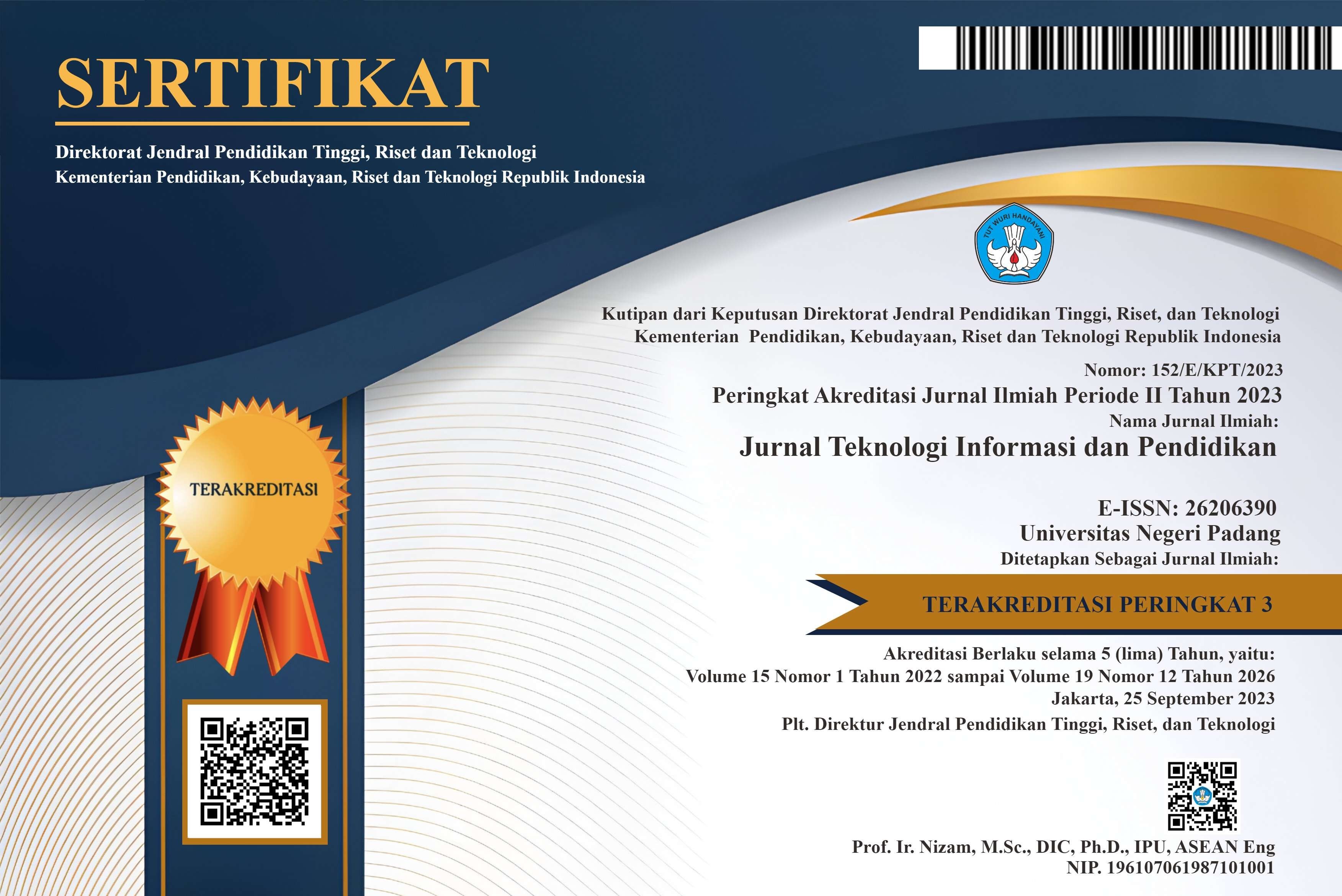

JTIP uses double-blind peer-review, which means that both the reviewers' and authors' identities are concealed from each other throughout the review process. More specifically, the JTIP editorial process is as follows:
Review Process
Every submitted manuscript proceeds through our rigorous double-blind peer-review process at least 2 (two) or more expert reviewers. The reviewers give scientific valuable comments improving the contents of the manuscript. After review, it will be returned to the respective author to be corrected. After being received back by the editorial, it will be sent to the reviewer again to check the eligibility of the publication.
Members of all editorial teams are committed to objective and fair double-blind peer reviews of submitted manuscripts for journal publication and will evaluate manuscripts for their intellectual content without regard to race, gender, sexual orientation, religious belief, ethnic origin, citizenship, or political philosophy. For more information about our Code of Publication Ethics, as well as all of our other policies, visit our Publication Ethics page. JTIP editors and review teams do their best to review manuscripts in a timely manner. Please contact our office for current review times. Contact Us!
Final Decision
The final decision of articles acceptance will be made by Editors according to reviewers' comments: Revisions Required (major or minor), Accept Submission, or Decline Submission. Once the manuscript is accepted, it is returned to the submitting author for the final editing of its language and content; these are changes that improve the readability of the article without changing the substance of the content. If your manuscript is accepted for publication, congratulations! The editor of the journal and one of our staff members will email you with an official Letter of Acceptance.
Publication
Publication of accepted articles including the sequence of published articles will be made by the Editor in Chief by considering the sequence of accepted dates and geographical distribution of authors as well as thematic issue. As long as an issue hasn't been published, its article composition still possibly changes. Thus, some accepted articles will be published right in the next issue, while others will be saved for upcoming issues.
At the time of publication, the contact author will receive a PDF page proof, via e-mail or via the website. Corrections and/or approval must be received by the deadline given in the e-mail (approximately 1 full week). Publication may proceed without approval if no response is received by the deadline. After publication, the contact author will receive a final PDF copy of the manuscript via e-mail or via the website.
